For me, the experience of visiting a football ground has always been inseparable from the game itself. With every arena providing a different backdrop and a different atmosphere. My memories shaped by the visits to ‘proper’ grounds. Indelible images created in my mind following the rush of excitement and anticipation when I catch that first glimpse of the floodlights and stands.
But sadly the decimation of our football ground heritage over the last twenty years has left us all with no more than a collection of ‘modern grounds’.
Featureless stands, shiny and loved today.
Featureless stands, tarnished and no doubt unloved ‘tomorrow’.
And it’s not just the stands that have changed. So too have the floodlights. Long gone are the towering structures that filled every house in street after street with a brilliant and blinding light. The majestic structures replaced by a few sticks topped off with some energy efficient hooded lights…… and in the bigger grounds….a ring of lanterns, as featureless as the ground itself.
With Aldershot visiting Oxford United on August 27th the second in my series, ‘Lost Football League Grounds’, takes a look back to the Manor Ground, Oxford.
Jan Ludvik Hoch was born in the small town of Slatinske Doly in the Carpathian Mountains of Czechoslovakia in 1923.Oxford and Cambridge have more in common than a few rowing eights and a collection of academics…... Yes, in each city there are two football clubs – City and United – and either one of them could have become the senior one. Despite Oxford City winning the FA Amateur Cup in 1906 it was Headington who turned professional, leaving the Spartan League to join the Southern League in 1949. And in the same year the other sporting clubs – cricket, bowls and tennis - who shared the facilities at the Manor Ground, left, leaving United as the sole tenant.
He died Ian Robert Maxwell on November 5th 1991. His body found floating in the Atlantic Ocean off the Canary Islands. He fell overboard from his luxury yacht, Lady Ghislaine.
And Oxford United was, until 1960, Headington United. A club founded in 1893. The name change a matter of profile, and driven by the desire to gain entry to the Football League….
And in 1962 their wish came true, when they were elected to join the League following the demise of Accrington Stanley.
Early success was followed by a period of mediocrity…..and then along came Robert Maxwell. A man whose business empire was built on heavy indebtedness and dishonest practices. His arrogance was such that he ‘borrowed’ millions of pounds from his companies’ pension funds to prop up his group of companies.
Yes, in 1982 Cap’n Bob the man lampooned by the satirical magazine Private Eye as the ‘bouncing Czech’, took over Oxford United. His ‘money’ took Oxford into the top flight and subsequently they experienced success at Wembley, a 3v0 win over Queens Park Rangers in the Milk Cup Final of 1986.
Then Bob was off to Derby and the Club started to slide….. Oxford dropped out of the League in 2006 and there followed four very hard years in the National Conference.
A small stand and changing rooms were built in October 1949 to be followed a year later by an historic event. Headington United were the first professional club in Britain to install floodlighting at their ground. They were only temporary lights, borrowed from a few Oxford Colleges and once used to light up their facades at night. The lamps were fixed to 36 wooden poles and the first game under lights was played out on 18 December 1950 between Headington Utd and Banbury Spencer (now Banbury Utd).

After election to the League in 1962, Oxford quickly found their feet and moved purposefully upwards leaving the Shots far behind and with memories of only three League encounters at the Manor Ground - all of the games were drawn.

Although the ground was far from the hallowed spires of the University it was set in a pleasant and leafy suburb that displayed much of the stone-walled confidence of Oxford itself.
But of course the ground was considered inadequate when set against the desire to run a professional football club. The long driveway from London Road was hopeless as a main entrance. And on the west side , in a corner of the pitch at an angle, just like Craven Cottage, stood the Manor Club – the original stand, and so miniature in stature.
But for all of its failings the Manor Ground still managed to accommodate 22730 when Preston visited in 1964 and United became the first Fourth Division club (L2) ever to reach the FA Cup quarter finals.
 The last game played at the Manor Ground was on May 1st 2001….the site being subsequently developed for housing and as part of a hospital.
The last game played at the Manor Ground was on May 1st 2001….the site being subsequently developed for housing and as part of a hospital.
The 2001/02 season saw Oxford’s move to the all-seater, three-sided Kassam Stadium.
Next time you visit Oxford United take a bit of time to have a good look at the Kassam, before heading for the pub ‘next door’. Yes, do visit The Priory, it has been a sanctuary in the past, fighting to keep at bay the sea of concrete, tin and tarmac that out of town developments create (although the pub wasn’t so great in 2010/11).
Anyway back to the ground; not even the prospect of brilliant late summer sunshine could bring me to love the Kassam.
The floodlights are strung along the leading edge of the main stand like pigeons roosting on a redundant building….repeated on the north stand? No of course not. The stand being slightly smaller, required the lanterns to be fixed to small columns.
And so lacking in emotion.
Concrete and cheap tin will never evoke images of Highbury or the Bernabeu. In fact they will only evoke memories of tin and concrete….

Featureless stands, somewhat tarnished and already unloved.
‘






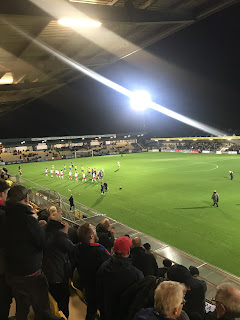



















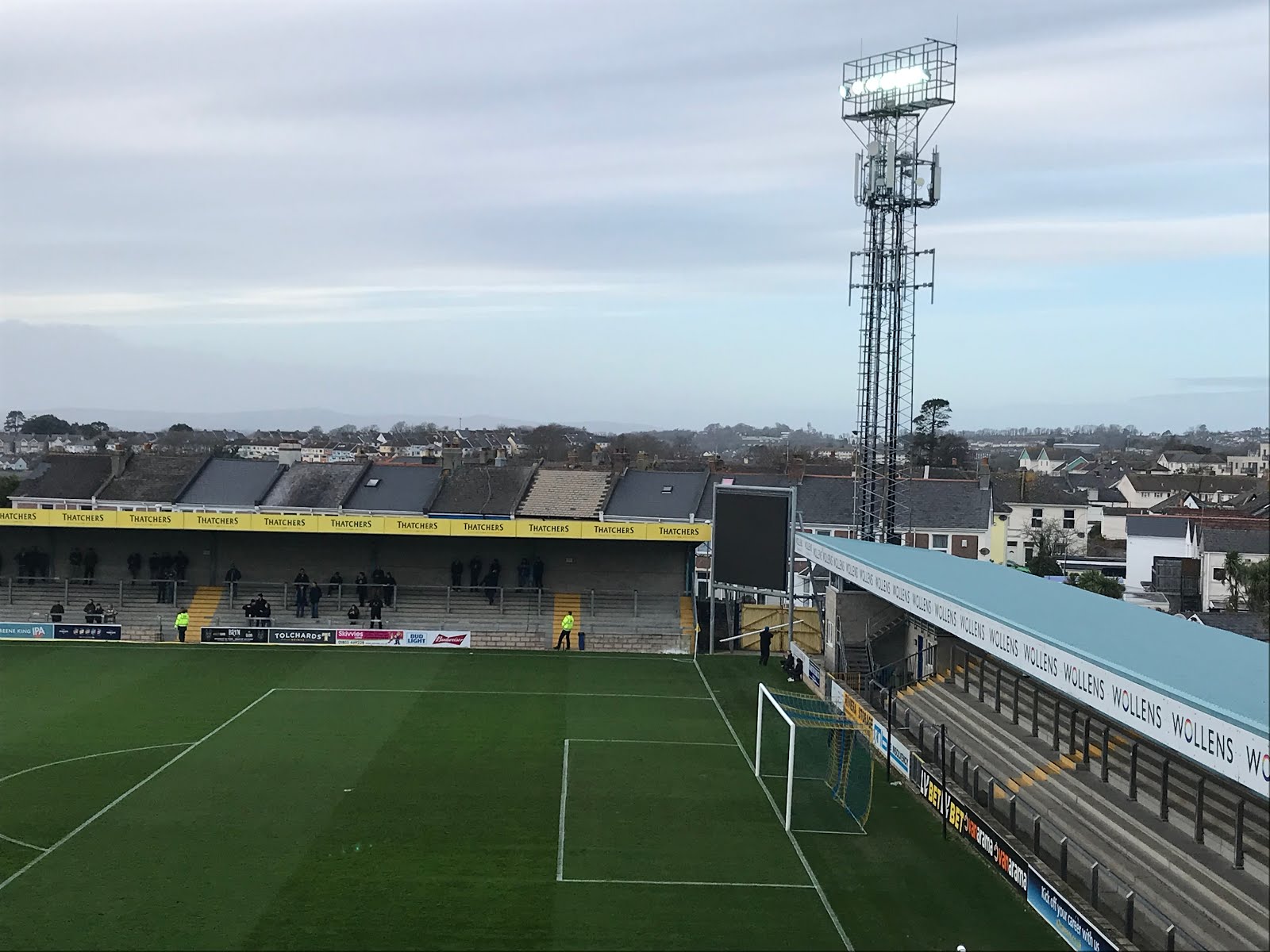






































































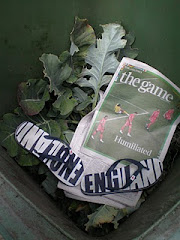







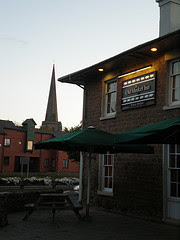










































































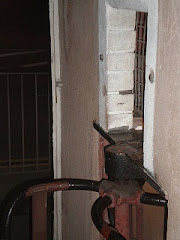


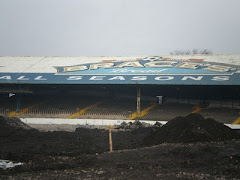
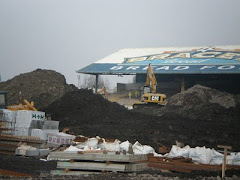





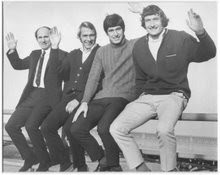

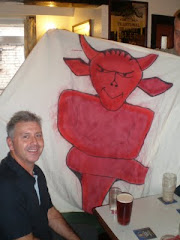

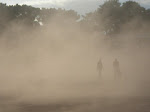

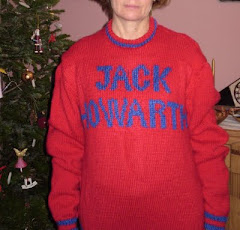















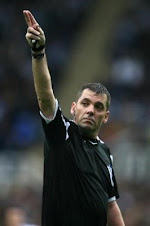




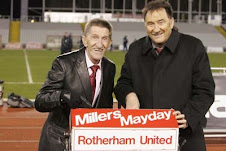







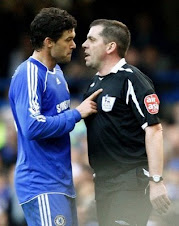









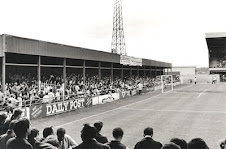





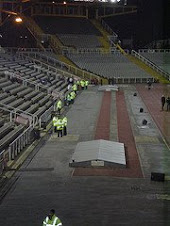





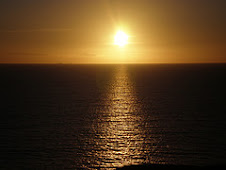




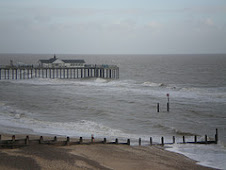









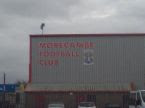










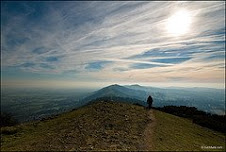












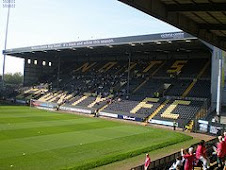














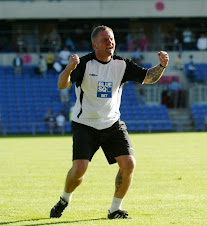























































































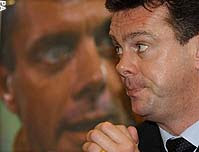






























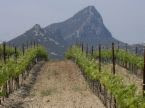












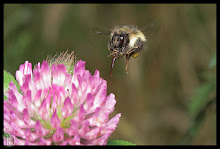



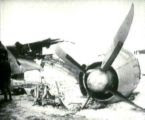










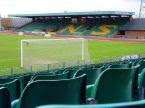
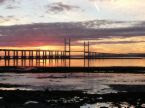


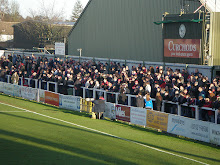




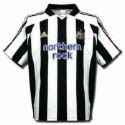

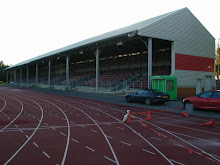







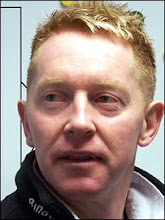





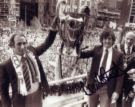
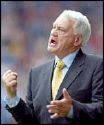












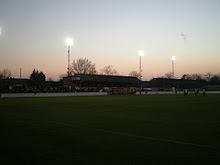



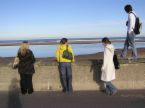
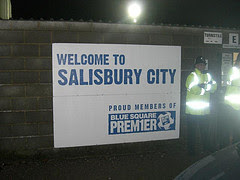
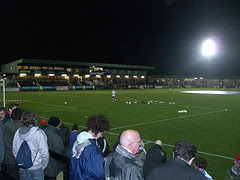
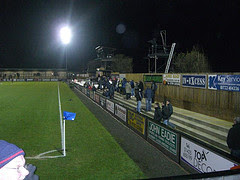




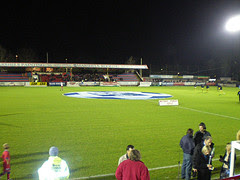
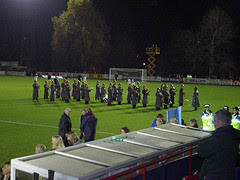

















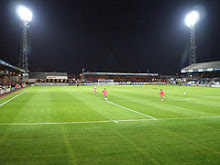


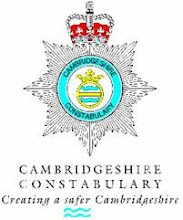



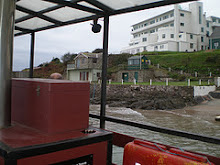
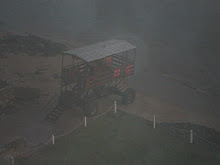





















































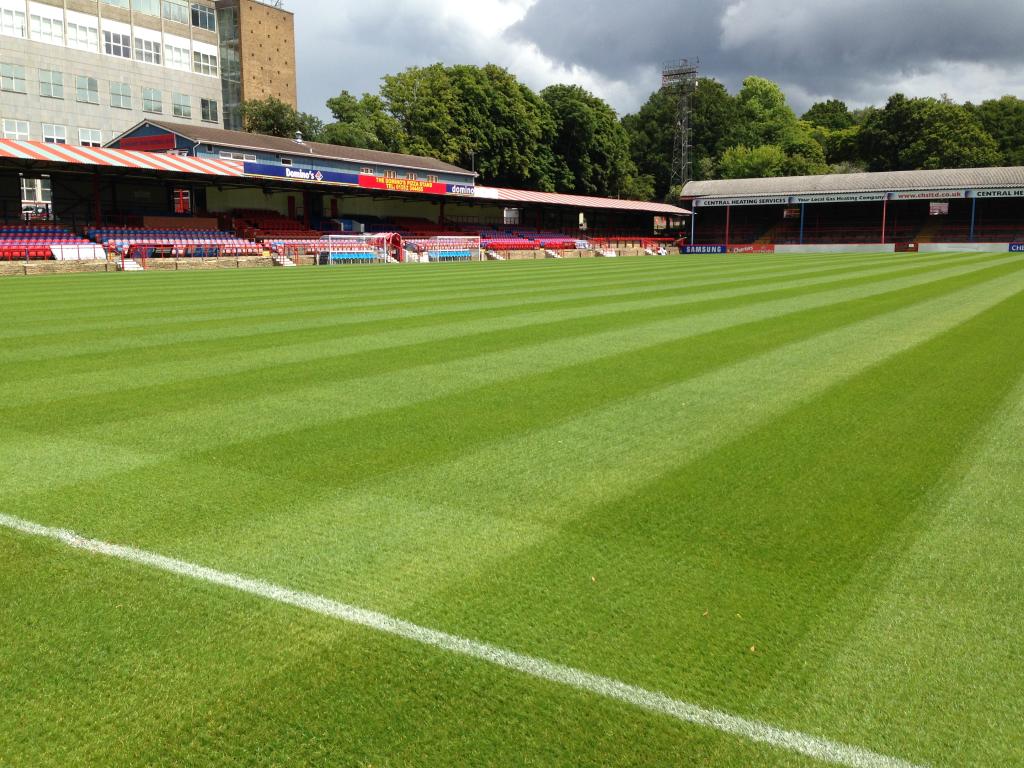

No comments:
Post a Comment